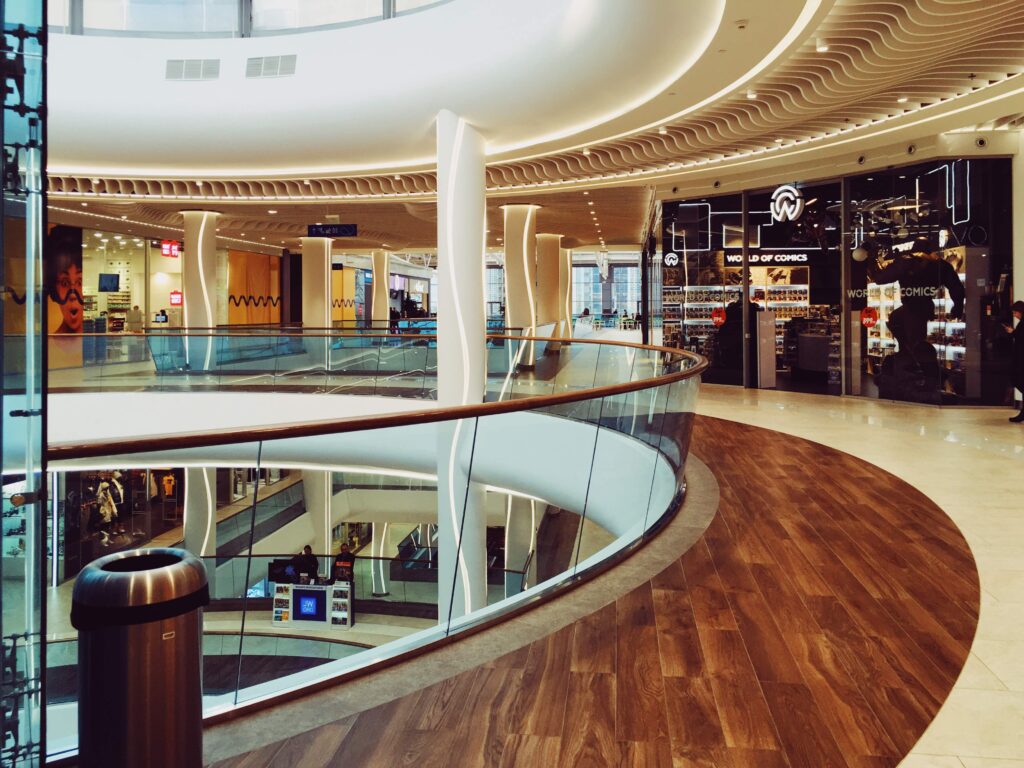The rise of e-commerce has dramatically changed the landscape of retail real estate over the past few years. With the convenience of online shopping at their fingertips, consumers are increasingly turning to the internet to purchase goods, leaving traditional brick-and-mortar stores struggling to keep up.
The impact of e-commerce on physical retail real estate has been significant. Shopping centers and malls, once bustling with activity, now frequently feature empty storefronts and declining foot traffic. Retail real estate developers and landlords have been forced to find new and innovative ways to keep their properties relevant and attractive to both retailers and consumers.
However, despite these challenges, the future of retail real estate is far from bleak. The role of physical retail spaces is shifting, moving away from just a place to purchase goods, and towards a destination for experiences and community building. Retail real estate developers and retailers are reimagining the traditional shopping experience by incorporating elements such as dining, entertainment, and social gathering spaces into their properties.
Technology is also playing a big role in enhancing the retail shopping experience. From augmented reality and virtual reality to artificial intelligence and the Internet of Things, retailers are using technology to create unique and immersive shopping experiences that cannot be replicated online.
While the rise of e-commerce has certainly had an impact on physical retail real estate, it has also opened up new opportunities for innovation and growth. The future of retail real estate is one of transformation, as developers and retailers work to create experiences that engage and excite consumers.
| CONTRIBUTING AUTHOR: | |
|---|---|
 | Tad Anderson Commercial Real Estate Advisor (704) 413-3745 [email protected] |








